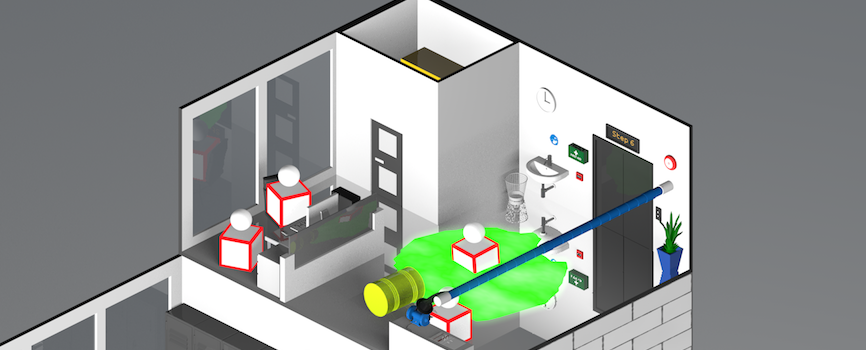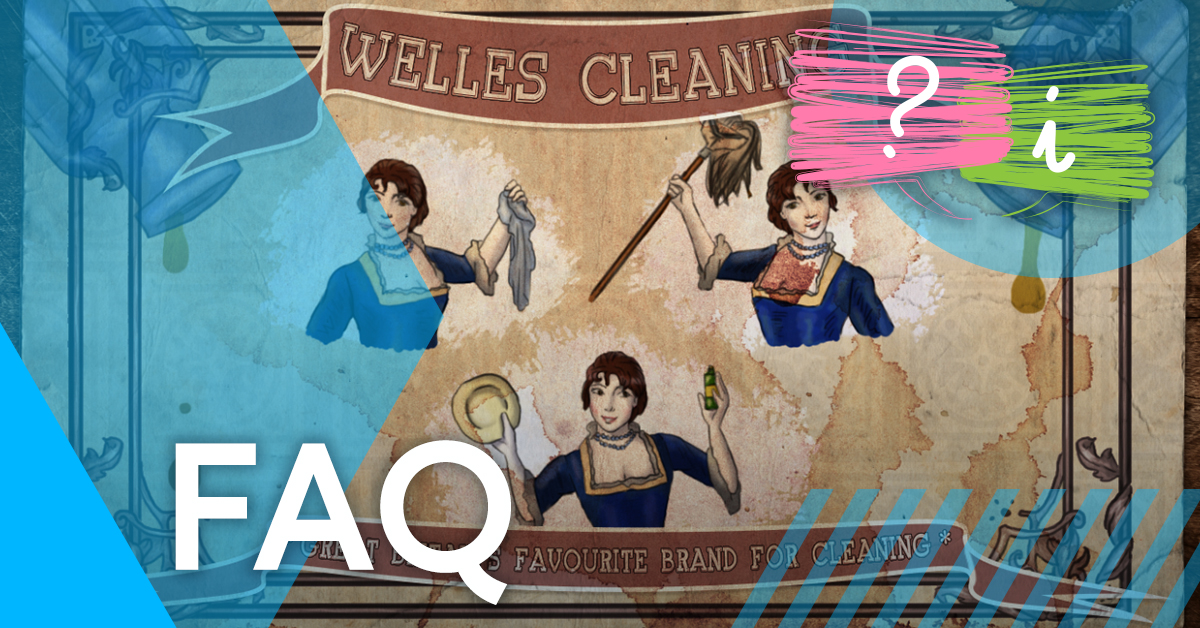The Making of our Asbestos Awareness Training v2
Posted 5 years ago
Asbestos has been used by humankind for over 4,000 years. It was seen as a “miracle mineral”, as it was able to withstand water, heat, fire, electricity, and even chemical corrosion. Nobody could have foreseen the consequences of using the substance and even to this day, occupational exposure to asbestos is responsible for around 107,000 deaths a year globally. That’s roughly 293 people dying every day due to exposure!
In the upcoming update for our Asbestos Awareness Training course, we explore the history and use of asbestos in much more detail. The course also explores just how dangerous the mineral is, who is at risk of asbestos exposure, and how those risks can be reduced.
Matt Newport, Senior Creative, asked if I could help him create some assets to illustrate the use of asbestos throughout human history; here’s how it went…
Ancient Rome
It was said that they would throw white asbestos cloths into the fire to clean. Once they were pulled from the flames, the sheets would still be intact and even whiter than they went in! I wanted to create this scenario. So, I used the marble art piece called Scene in the harbour of Claudius in Ostia for inspiration and painted the individual elements in Photoshop before putting the pieces together and animating them in After Effects. The only thing that wasn’t animated in After Effects was the fire. This was 2D digitally animated in Photoshop.

Medieval Times
In Medieval times, asbestos was woven into the clothing that was used as insulation in armour, and tablecloths that were used by the wealthy. To demonstrate this, we thought it would be cool to show a suit of armour on display by a tapestry of a wealthy family having a lavish meal outdoors. This scene was quite complicated as it required a lot of planning over what was going to move and how. However, the true star of this scene actually came through pure accident! It was pointed out after completion that one of the character’s looked very similar to our very own scriptwriter: James Kelly. What do you think?


The Roaring Twenties
Lastly, this is the scene that I am most proud of. The first diagnosis of asbestos-related disease was made in 1924 and to show it in the course we decided to explore the 1920’s style of animation called rubber-hose animation. You may recognise the technique from those black and white Mickey Mouse cartoons or more recently, the video game Cuphead. It is an animation style that I have always admired but had never attempted myself.
A common theme with rubber-hose animation is that there is a lot of movement happening on screen from all characters that appear. This was because filmmakers at the time feared that the audience would become bored. However, they were not able to afford to pay the animation department to draw unique movements for each character for each second. So, to save money they would copy and loop as much animation as they could. This made my job a little easier as it meant that I only needed to draw just over a second of animation. However, the challenging part was to make the animation loop as seamless as possible. To do this, I had Matt look over the animation at every stage so that I would have a second pair of eyes to spot the mistakes that I may have missed.

Matt finished the section off by adding some really funky effects in After Effects to make the animation appear to be playing through an aged projector. He also added some 1920s music and sound effects.
Overall, I really enjoyed making the elements for this segment of the course. I hope that our users find it as interesting to watch as it was to make.
Here’s the final result of this segment of the course:
Online Asbestos Awareness Training
Designed for anyone who works with, or might potentially come into contact with asbestos at work, our Online Asbestos Awareness Training course is the ideal solution for organisations looking to train their staff on the dangers of asbestos, what to do if you disturb asbestos, and how to comply with current legislation.
The 30-minute course contains three sections that are presenter-led, animated, and made up of easily-digestible information.
Claim your no-obligation free trial to the course today!


Charlotte Cottrell
Digital Artworker and Animator
Related articles



Opt-in to our newsletter
Receive industry news & offers